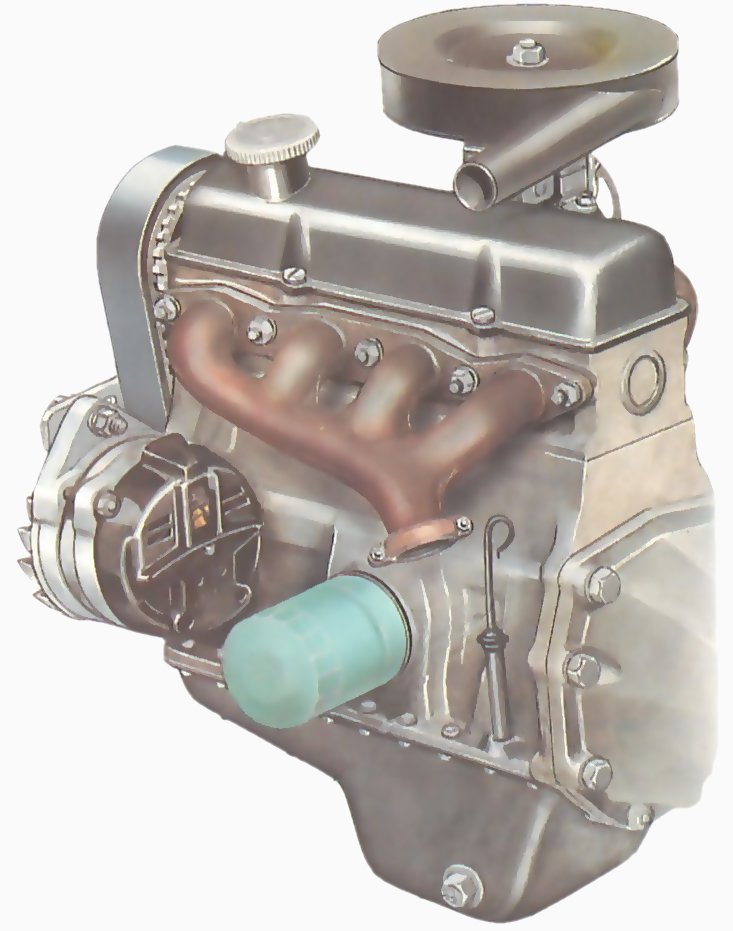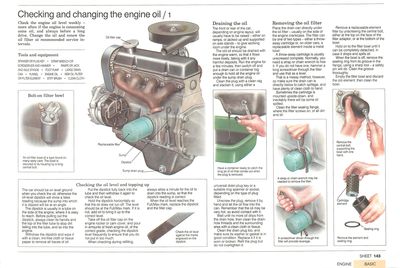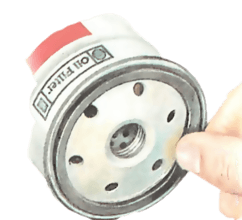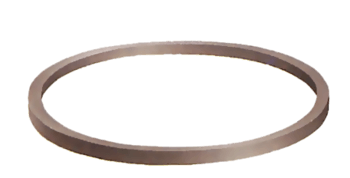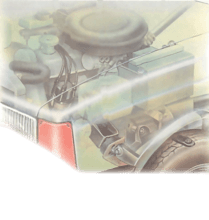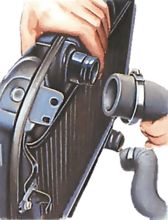
Vous pourriez avoir besoin de
Check the engine oil level weekly more often if the engine is consuming some oil, and always before a long drive. Change the oil and renew the oil filter at recommended service intervals.
Checking a car's oil level and topping up
Check the oil level against the marks engraved on the dipstick.
This video course is the best way to learn everything about cars.
Three hours of instruction available right now, and many more hours in production.
- 4K HD with full subtitles
- Complete disassembly of a sports car
The car should be on level ground when you check the oil, otherwise the oil-level dipstick will show a false reading because the sump into which it is dipped will be at an angle.
The dipstick is usually in a tube on the side of the engine, where it is easy to reach. Before pulling out the dipstick, always clean its handle and the top of the filler tube to stop dirt falling into the tube, and so into the engine.
Withdraw the dipstick and wipe it with a clean, lint-free cloth or tissue paper to remove all traces of oil.
Put the dipstick fully back into the tube and then withdraw it again to check the oil level.
Hold the dipstick horizontally so that the oil does not run off. The level should be at the Full/Max mark. If it is not, add oil to bring it up to the correct level.
Take off the oil filler cap on the engine rocker or cam cover, and pour in amounts of fresh engine oil, of the correct grade, checking the dipstick level frequently to ensure that you do not put in too much.
When checking during refilling, always allow a minute for the oil to drain into the sump, so that the dipstick reading is correct.
When the oil level reaches the Full/Max mark, replace the dipstick and the filler cap.
Draining the oil
Have a container ready to catch the long jet of oil that comes out when the plug is removed.
The front or rear of the car, depending on engine layout, will usually have to be raised - either on ramps, or jacked up and supported on axle stands - to give working room under the engine.
The old oil should be drained with the engine warm, so that it flows more freely, taking with it any harmful deposits. Run the engine for a few minutes, then switch off and put a drain can or container big enough to hold all the engine oil under the sump drain plug.
Clean the plug with a clean rag and slacken it, using either a universal drain-plug key or a suitable ring spanner or socket, depending on the type of plug fitted.
Unscrew the plug, remove it by hand and let the oil flow into the can. Remember that the oil may be very hot, so avoid contact with it.
Wait until no more oil drips from the drain hole, then clean the drain-hole threads and the surrounding area with a clean cloth or tissue.
Clean the drain plug too, and make sure its washer or gasket is in good condition. Replace it if it is worn or broken. Refit the plug but do not overtighten it.
Removing the oil filter
A strap or chain wrench may be needed to remove the filter.
Place the drain can directly under the oil filter - usually on the side of the engine crankcase. The filter can be one of two types - either a throwaway cartridge or, on older cars, a replaceable element inside a metal bowl.
A throw-away cartridge is usually unscrewed complete. Normally, you need a strap or chain wrench to free it. If you do not have one, hammer a long screwdriver through the filter and use that as a lever.
A screwdriver driven through the filter will provide leverage.
That is a messy method, however, so make sure the drain can is directly below to catch spillage, and have plenty of clean cloth to hand.
Sometimes the cartridge is mounted upside-down, and inevitably there will be some oil spilled.
Clean the filter sealing flange, where the filter screws on, of all dirt and oil.
Remove the central bolt, supporting the bowl with one hand.
Remove the element and sealing ring.
Remove a replaceable-element filter by unscrewing the central bolt, either at the top on the face of the filter adaptor, or at the bottom of the bowl.
Hold on to the filter bowl until it can be completely detached, in case it drops and spills oil.
When the bowl is off, remove the sealing ring from its groove in the flange, using a sharp tool - a safety pin will do. Clean the groove thoroughly.
Empty the filter bowl and discard the old element, then clean the bowl.

